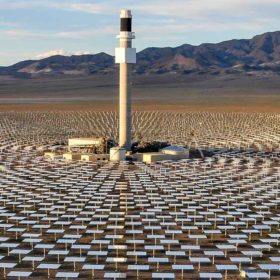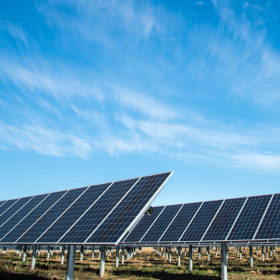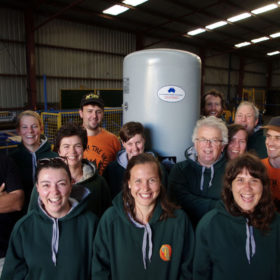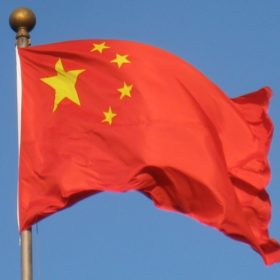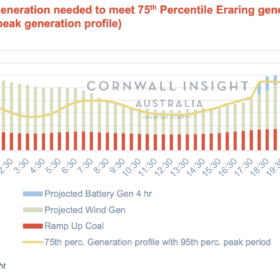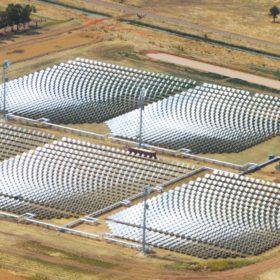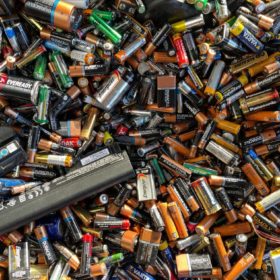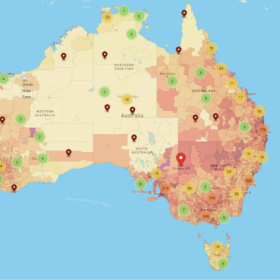Concentrating solar power with heat storage could compete with batteries
For short-term storage in a 100% renewables grid, thermal energy storage located at concentrating solar power plants could compete with batteries, found a study using an idealised grid model. Seasonal storage needs could best be met with power-to-gas-to-power technology.
‘Multibillion’ dollar solar, battery, hydrogen park to replace Gippsland coal attracts powerful superfund
A multibillion-dollar solar, battery storage, wind and potentially green hydrogen project in Victoria’s Gippsland region is moving forward after getting backing from superfund Hostplus. Originally proposed by Solis Renewable Energy, the project is now owned by Octopus Australia as part of its joint venture with CFEC.
Floating solar, battery manufacturing co-op among nine projects funded in coal country Victoria
The Victorian government will fund a floating solar project, an initiative to locally manufacture solar batteries, and install a portable renewable energy system for community services during emergencies as part of its Latrobe Valley program.
Novel Australian project examines if renewable energy machines can protect coastlines
What can wave energy converters do that no other form of renewable energy can? Well, they can remove waves’ energy. For a country like Australia, where much of our population and wealth is concentrated on coastlines evermore frequently battered by extreme weather, this proposition is particularly attractive. Especially if the technology is able to offer both protection and green electricity without radically altering marine ecosystems and aesthetics. “No one has looked at what we’re looking at before: combining power generation with coastal protection and trying to control it,” Professor Richard Manasseh told pv magazine Australia.
Chinese state grid unveils plans for 100GW battery fleet
China’s largest state-owned grid operator and power utility plans to deploy the world’s biggest battery fleet and almost quadruple its pumped hydro storage by 2030, thus supporting the nation’s switch to renewable energy sources.
“I’m an All-Pro [coal plant]… You’ll never be more than a replacement player!”
The potential early retirement of Eraring has been the talk of the market the past week. Many of our customers have been asking what the impacts of the retirement might be on the acceleration or development of new renewable capacity in NSW and potential storage projects. In this Chart of the week, we look at the effect of the lost generation from Eraring and how that capacity might be filled.
Australian solar thermal company shortlisted as global ‘pioneer’
Australian concentrated solar thermal power company Vast Solar has been shortlisted as a finalist for BNEF’s Pioneers 2022 program.
Australia launches its first national household battery recycling scheme
Australia’s first national battery recycling scheme, B-cycle, launched today giving Australians the opportunity to drop their spent household batteries at a collections bins in supermarkets, stores and community clubs across the country.
Australia passes 25GW of installed pv capacity, leading world with almost 1kW per person
Australia has hit a historic milestone, reaching 25GW of installed solar. As the Australian PV Institute noted on Monday, that’s more solar per capita than anywhere else in the world.
Australian fintech companies team up to develop ‘future’ energy retail platform
The company behind bill management platform 1bill on Monday announced it will invest more than $2 million in the energy software company Accurassi. The investment will see Accurassi build a platform for energy retailers to accelerate the transition to green energy.
